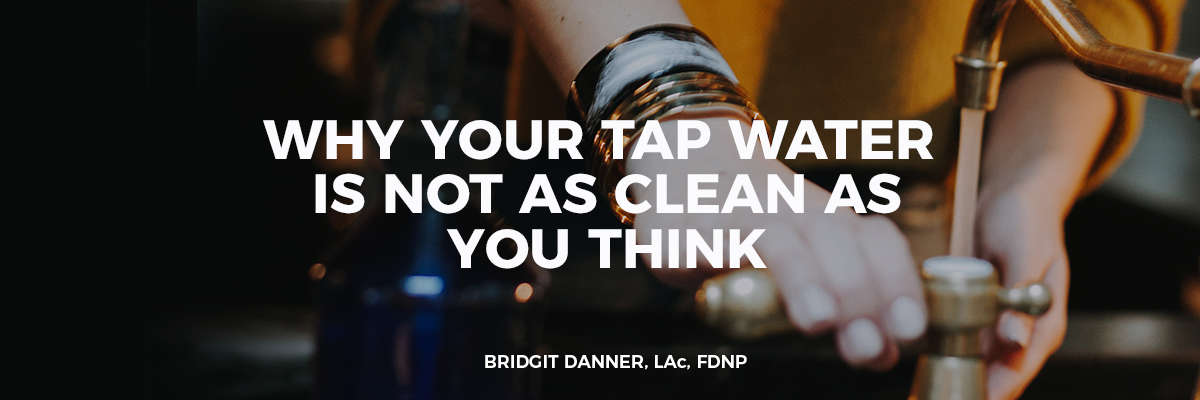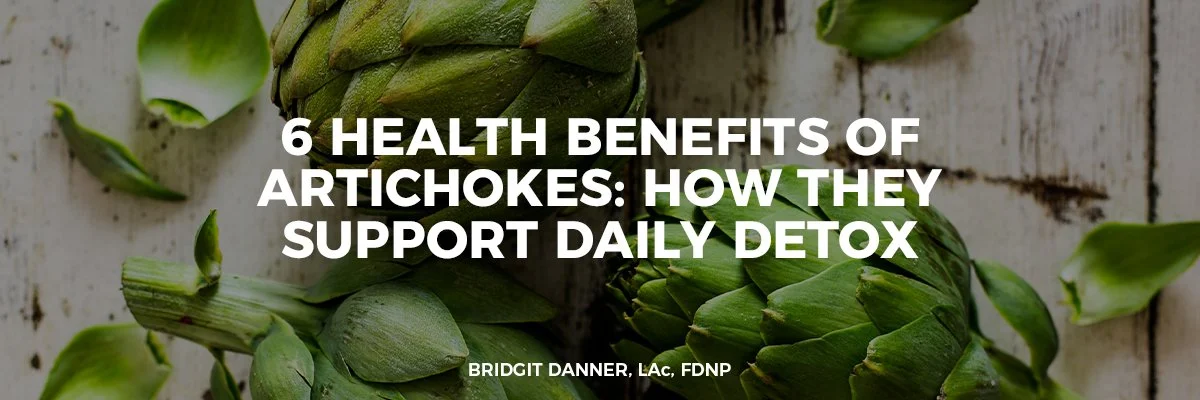Oil Pulling: Benefits and Instructions
How to Improve Your Oral Health Each Morning
Have you heard of the latest trend known as oil pulling? While it has recently grown in popularity, it has actually been around for thousands of years. Swishing oil around your mouth and gargling with it can not only improve your oral health, but it can also boost your overall health and improve systemic disorders.
It takes just a few minutes of your time each morning, but imagine the rewards that you can reap. Here is a brief breakdown of the history, benefits, and instructions you need to know for how to start this routine today.
History of Oil Pulling
Oil pulling originated as a traditional folk remedy, primarily practiced throughout ancient India. (1) Most of the practices surrounding oil pulling are described in Ayurvedic texts. These ancient texts encompass a more holistic approach to health compared to the medical interventions that are often used today.
There are two different methods of oil pulling that are discussed in these Ayurvedic texts – Kavala Graha and Kavala Gandusha. In the former, you would use less oil so that you can still gargle, while the latter fills the mouth so full that gargling is next to impossible.
Both approaches believe that bacteria can build up in the mouth, having a negative effect on the rest of the body. By pulling the oil through the teeth and keeping it in the mouth for a prolonged period of time, these impurities are drawn out of the mouth and discarded from the body. This is how researchers believe that many of the oil pulling benefits work.
New research shows us that there are many health benefits to oil pulling, but the original practitioners did not have this insight. They saw the more immediate benefits which can include (2):
Preventing bleeding gums
Avoiding decay
Solving dry throat
Soothing cracked lips
Strengthening the teeth, gums, and jaws
While many different types of oil can be used for modern-day oil pulling, most people in ancient India turned to sunflower oil or sesame oil.
Oil Pulling Benefits List
The mouth is the gateway to the rest of the body. When you have bacteria buildup in the mouth, it can negatively impact your overall health. Depending on which microorganisms are making their home in your mouth, it could be contributing to larger systemic diseases like cardiovascular disease or diabetes mellitus. (3) The oil pulling health benefits are rather extensive, helping with everything from oral health to curbing some of these systemic issues.
Oral Benefits of Using Sesame Oil
Reduce plaque: One 2009 research study took a closer look at oil pulling with sesame oil. When compared to using mouthwash, swishing your mouth out with sesame oil led to reduced plaque, better gingival scores, and lowered microorganisms. (4)
Reduce bad breath: More studies have since come out to show that oil pulling with sesame oil decrease the risk of bad breath or oral malodor. (5)
Oral Benefits of Using Coconut Oil
Reduce plaque: This specific type of oil contains lauric acid which can react with the alkalis of the saliva to form a soap-like substance that reduces plaque adhesion and cleans the teeth.
Reduce inflammation: Lauric acid (found in coconut oil) is also known to be anti-inflammatory.
Reduce biofilms: Can oil pulling breakup biofilm? Oil pulling with coconut oil can also help to disrupt biofilm on the teeth. It is effective at combating C. albicans and S. mutans. (6) Biofilm is a form of slimy dental plaque that builds up on the teeth.
Oil Pulling Benefits FOR Your Skin
Some doctors also believe that there may be oil pulling benefits for skin. Because you are detoxing the body by pulling out the bad microorganisms in the mouth, you could be reducing the number of rashes and blemishes that appear in other parts of the body – namely your face. (7)
Oil Pulling vs. Conventional Mouthwash
Lastly, oil pulling may be a smarter option than using mouthwash.
“Research has shown that mouthwash kills the oral bacteria needed to produce nitric oxide for up to 12 hours. This leads to a decrease in nitric oxide production and, in some instances, an increase in blood pressure.
The detrimental effects of mouthwash on nitric oxide production may even contribute to the development of diabetes, which is characterized by malfunctions in insulin production or action.
This is because nitric oxide also regulates insulin, which helps cells utilize the energy obtained from food after it’s digested. Without nitric oxide, insulin cannot work properly.
One study found that people who used (over-the-counter) mouthwash at least twice daily were 65% more likely to develop diabetes than those who never used mouthwash.” (8, 9)
Oil Pulling Instructions
Now that you know the potential benefits of oil pulling, it is time to take a closer look at how to do it on your own. What is oil pulling? If you want to learn how to oil pull, here are all the instructions that you will need:
1. Choose Your Oil
The first thing you will need to do is evaluate what type of oil will work best for you. There are unique benefits for choosing each type of oil, but many people settle on what works for them based on flavor. Look for cold-pressed organic oils including:
Sesame oil
Sunflower oil
Coconut oil
Olive oil
According to the Journal of Traditional and Complementary Medicine, sesame oil tends to be the preferred choice for most individuals. (10) Coconut oil can be difficult to use as it tends to solidify, making it difficult to gargle and swish around the mouth as necessary.
No matter what type of oil you select, you should prepare approximately one tablespoon. Children need less than this, so measure them about one teaspoon if you plan to have a child greater than five years of age participate in oil pulling with you.
2. Add Essential Oils (Optional)
In order to enhance the potential benefits of oil pulling, you can also add one to two drops of certain essential oils. While these oils are great for enhancing the flavor of your oil, they can also pull double-duty by working hard for your body. Consider some of the more popular essential oils and what they can offer your oral hygiene.
Peppermint essential oil is a winner for halitosis (bad breath). Just add a drop or two of peppermint to your oil before you begin swishing.
Clove essential oil is great for relieving pain, reducing inflammation, and tackling bacteria all at once. Basically, it helps to support your immune system all around. (11) Just add a drop or two of clove to your oil before beginning.
3. Swish the Oil
When to do it: It is best to do your oil pulling in the morning before breakfast and while you still have an empty stomach. This means that you should really get out of bed and immediately pour yourself a tablespoon of oil (even before that first hot water with lemon!).
How long to do it: It can take some time to do this properly, so settle in with a good book or listen to a podcast while you swish the oil around in your mouth for twenty minutes. If your jaw is sore or tired, you might only be able to manage five to ten minutes at first. This is okay. Just build up gradually to the full twenty minutes, day by day.
4. Spit It Out
By the time your twenty minutes are up, the oil will have a different texture and is likely to be a different color as well. Most oils will end up becoming whiter and thinner after having been swished around your mouth for twenty minutes. Spit it out, but do not spit into the sink as this can cause major clogs. Instead, it should be discarded into a paper towel or into the trash can.
5. Brush Your Teeth
Oil pulling is not a substitute for brushing your teeth. Instead, it should be a complementary procedure. After you discard the oil, rinse your mouth out with warm water several times and then brush your teeth thoroughly.
To maximize the oil pulling results, we recommend the use of Dentalcidin toothpaste and mouthwash. Both contain Biocidin ingredients that act as a further biofilm disruptor to help rid your mouth of unwanted bacteria.
Dentalcidin is free from harmful ingredients including sugar, gluten, fluoride, and artificial colors and flavors. Biocidin is made of a number of ingredients that are proven to help with infection, inflammation, and gum disease including:
Bilberry extract
Garlic
Tea tree oil
Oregano oil
Clove oil
Myrrh oil
More Products to Help Your Oral Health
In addition to Dentalcidin toothpaste and mouthwash, there are a few other products that you may want to consider to improve your oral health, alongside oil pulling.
Biocidin Throat spray might be a helpful product for you if you consistently experience issues with the upper respiratory system. It delivers relief immediately to the throat and sinuses that can make you more comfortable. This Biocidin Throat Spray makes it easier than ever to complete your oil pulling and kill off harmful bacteria that reside in the back of the throat where you may not have been able to gargle your oil.
GI Detox: If you are still experiencing GI issues even after oil pulling, you might want to consider G.I. Detox. This supplement can help to further clear toxins and unwanted debris out of the body for a healthier system. GI Detox binds to the toxins in your body and escorts them out quickly and efficiently.
Oil pulling can be a great way to improve the overall health of your body, starting with the entryway to the body. If you have a few minutes to spare each morning, this process is worth dedicating some time to. Consider how much healthier you could be with a few minutes of gargling each morning!
Give It Try!
Ready to next level your oral care? You can find our Dentalcidin Toothpaste, Dentalcidin Mouthwash, Biocidin Throat Spray, and GI Detox at our shop., FunctionalDetoxProducts.com.
With a $97 purchase, shipping is free (;
All products can be returned for any reason within 30 days.
Bridgit Danner, LAc, FDNP, is an acupuncturist turned functional health coach and has worked with thousands of clients since 2004.
She is the founder of FunctionalDetoxProducts.com and the author of The Ultimate Guide to Toxic Mold Recovery: Take Back Your Home Health & Life, available in audiobook, Kindle and paperback on Amazon.















I love supplements, but I don’t like swallowing a pile of pills in a day. Some people really struggle to swallow pills at all. Most kids won’t swallow pills. And then many people are so sensitive to new substances that whole pills might be too much. Read on to learn my solution to all these issues!